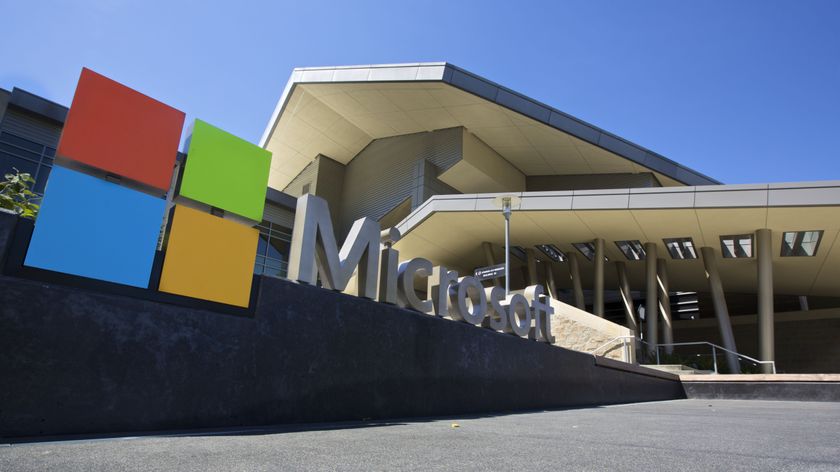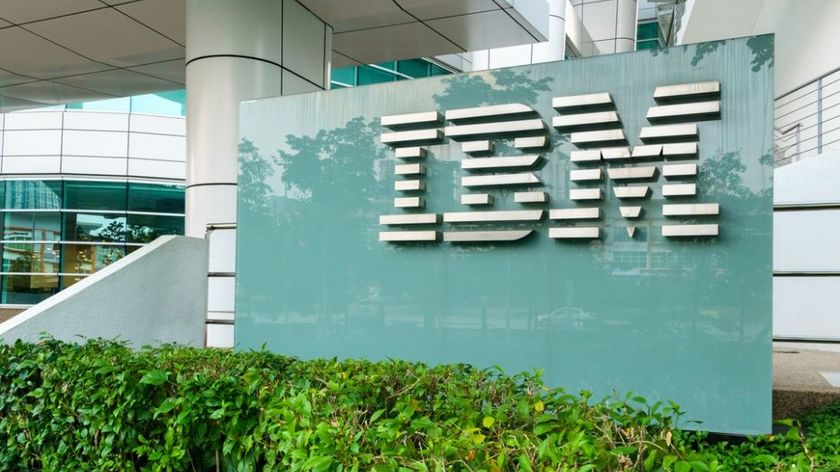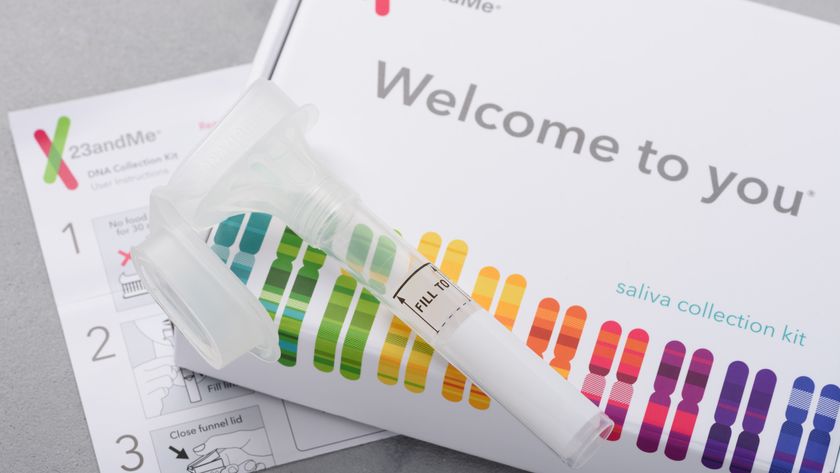Business trends for 2015: the mobile workforce and BYOD maturing
Tech must keep up with staff demands

Last year, we saw an increase in the number of businesses using converged technologies (unified communications) to help drive efficiencies, better collaboration and customer service. Continued demand from employees for mobile and better ways of working also played a part in this upward trend, which was further fuelled by the change in legislation at the end of June 2014 giving all employees the right to request flexible working from their employer.
So what will happen this year? In this article, we'll chew over some of the key trends that will shape 2015.
Demanding employees
In 2015, technology, more than ever, will be expected to keep up with business growth, the need for transformation, but most of all, employees' demands. In the last five years, it's been challenging for businesses to keep up with the rate at which technology has evolved, but now the tables have turned.
Employees' expectations around having the freedom to choose the type of device and operating system they use for work, as well as capability for fast, seamless delivery of content and information, continues to increase at a rapid pace due to device innovation and increasing 4G coverage.
The projected uptake of tablets, in particular, will be a strong example of these growing consumer expectations as these devices become even more prominent within large and small businesses, as well as across the public sector.
Tablets provide greater ease and portability than a traditional laptop, and this combined with people's ever increasing demand for high speed access to information anytime, anywhere, is expected to drive wider adoption across all business sectors through 2015.
Therefore, by acknowledging employees' desires for 'bring your own' tablets, and organisations ensuring they are able to offer staff the devices and systems they prefer and need to be more productive, businesses can support the wider trend while fostering greater information sharing and cost efficiencies across the company.
Are you a pro? Subscribe to our newsletter
Sign up to the TechRadar Pro newsletter to get all the top news, opinion, features and guidance your business needs to succeed!
Security worries
However, business investment in technology and architecture that fully supports BYOD and multiple operating systems and devices – be it tablets, smartphones or laptops – remains stifled by concerns around security. These concerns have heightened as cyber-attacks and malware become ever more sophisticated.
A further business challenge is navigating the various enterprise ICT systems that support a range of operating systems and keeping up with employees' preference for certain smartphones and tablets over others. ICT providers will need to continue to look for ways to remove the complexity for businesses and offer simple to manage, integrated and converged services that support multiple devices and operating systems, across fixed, mobile and IT.
The significance of businesses addressing these challenges and the way in which employees want to work, while helping them to become more productive, is highlighted by the demand for flexible working and the influx of Generation Y into the workforce.
Only recently have businesses begun understanding and adapting to the way generation Y wants and expects to work, which is 'mobile' – not tied down to any desk – let alone preparing for the entry of generation Z into the workforce in another five to ten years' time.
Major opportunities
Businesses needing to equip employees with the tools required to do their job to the best of their abilities, from wherever and on whatever device, therefore becomes more relevant. By embracing new and better ways of working, and by leveraging both fixed and mobile technology, companies can unearth even greater opportunities for efficiency within areas such as frontline workers, customer service or in the reduction of office space. This is a trend that is set to increase throughout 2015 as businesses of all kinds continue to look for ways to drive efficiencies, as economic conditions continue to be tough.
The pressure on technology to keep up with consumer demand for information becomes even greater as expectations around network coverage continue to increase with every 4G rollout. However, it is here where network investment can be a key differentiator for network suppliers by taking advantage of the overall network infrastructure to offer enterprise applications that are further converged across both fixed and mobile. Convergence will enable a greater scope of applications that can benefit businesses of any size.
Therefore, 2015 will see a significant increase in demand – and hence investment – amongst IT leaders, from businesses of every size, for technology which supports a maturing BYOD environment and mobile workforce whilst ensuring optimal security.
- David Langhorn is Head of Corporate and Large Enterprise at Vodafone UK














